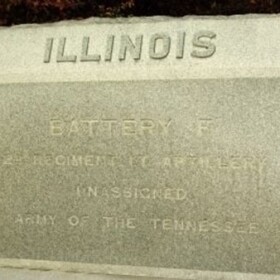
Tales from Days Gone By
New episode released the second and fourth Thursday of the month.
Behind the big themes, celebrated figures, and dry dates of history are the interesting stories of life in the past and ordinary people. Southeast Missouri has a varied and rich history that you often don’t hear about in history classes. Join Bill Eddleman of the State Historical Society of Missouri to hear about these stories with “Tales from Days Gone By.”
Latest Episodes
-
Not that long ago, a frequent practice of local newspapers was to have a representative of communities in their circulation area report on happenings in those smaller towns. Some of the reports give valuable insight into local history, while others border on gossip.
-
When the U. S. declared war on Japan and Germany at the end of 1941, mobilization of the armed forces began immediately. An acute need for fighter pilots required that training had to begin as soon as possible. The War Department acquired several new sites for airfields, including 2900-acre site four miles north of Malden in Dunklin County.
-
One of the longest-running local breweries in southeast Missouri, Old Appleton Brewery, started with a German immigrant, Caspar Ludwig.
-
One of the first American settlements in the Ste. Genevieve District was at a cluster of land grants on the west side of Rivere Grande, or Big River, in present-day St. Francois County.
-
Among all the stories in Southeast Missouri history that have sparked tales of ghosts and hauntings is one that should have but has not.
-
Few people realize that the family of James, or Jim, Bowie, who made the Bowie Knife famous and later died at The Alamo, spent time in Southeast Missouri at the beginning of the 19th Century.
-
Samuel Scism’s story is a common one among Civil War soldiers who survived prison camps. Vegetables in their diets might have prevented many cases of chronic dysentery. The state of medical care of the time meant that the malady was untreatable and subject to recurrence.
-
The quiet of the early evening of March 26, 1912, Chicopee on the Current River in Carter County would soon be broken by a catastrophe.
-
Sometimes we underestimate the mobility of the early generations of European settlers in what became the U. S.
-
A traveler from southeastern New York, Christian Schultz, descended the Ohio River in 1807. He stopped at the mouth of the Ohio River on the Missouri side on October 24, 1807, and noticed a strange phenomenon.










